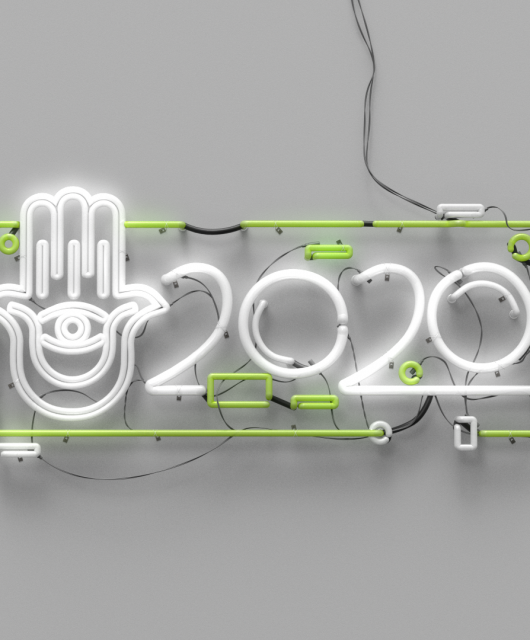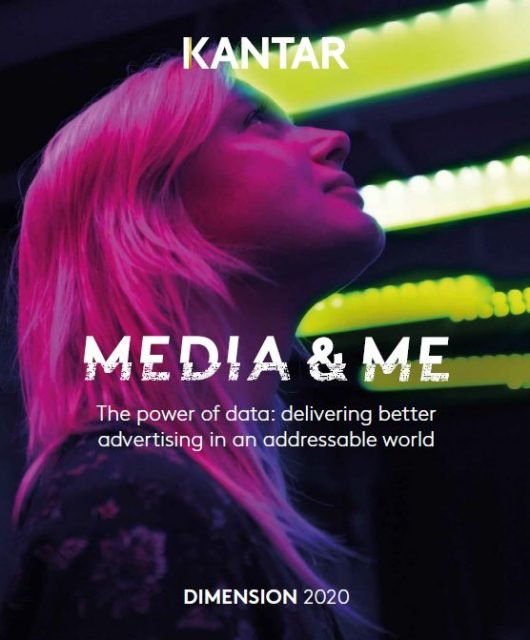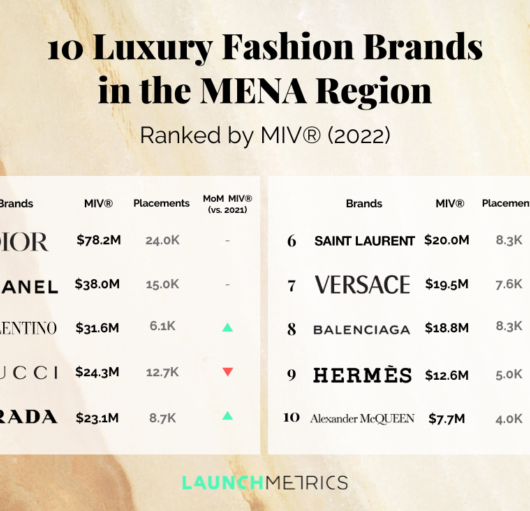Be Safe, Verify.
By: Wassim Mneimneh, Business Director at DoubleVerify

Let’s Talk Verification 101…
You know when you really need to do something but keep putting it off? That big thing on your list, marked in red, circled five times and underlined? Well, imagine that on a bigger scale when talking about verification. I get it, it’s not exactly the most exciting topic imaginable, but that doesn’t mean that it’s not an incredibly important component to shaping an effective digital landscape today.
Collectively as an industry we’re not doing nearly enough to understand verification and its benefits. Procrastination is one thing, ignorance another, but generally, I think it’s more a case of crossed wires, hearsay and too much misinformation/not enough information and education available in the market. In my previous roles, I heard the terms ‘brand safety’ ‘fraud’ ‘viewability’ talked about on a daily basis. Buzzwords used throughout the industry, very important, sure, but also, as it turned out, not always a priority beyond general compliance.
Then I started working for DoubleVerify (DV) where verification was suddenly a lot, well, sexier. Hear me out before you think I’ve gone crazy (working from home with two kids under 10 will do that to you) because I think this speaks to the main issue here: how can we ensure everyone, and by that, I mean ALL stakeholders, not only understand the importance of verification, but also ‘get’ how it can help long-term to deliver real business outcomes? Simple, by taking it back to basics and starting from scratch.
First things first… the meaning behind those ‘buzzwords’
- Brand Safety: Cast your mind back to 2017 – these two words almost achieved cult status on the back of numerous issues that brands faced when their ads ended up in a less than desirable position online, next to explicit or inappropriate content. Hence the term: brand safety. Since then, marketers have grappled with various measures to try and combat this issue, often opting for blunt measures like blocking ads appearing next to divisive key words. The result often had a knock-on effect like demonetising hard news that covered the same subject matter. Not ideal. Today, we’re more focused on brand suitability in addition to brand safety and adjusting adjacency from a negative to a positive place; in simple terms – finding placements that can build on and reinforce the brand’s values. Interestingly, in EMEA, brand suitability rates increased by 24% to 9.8% last year, showing how this shift in thinking is actually paying off.
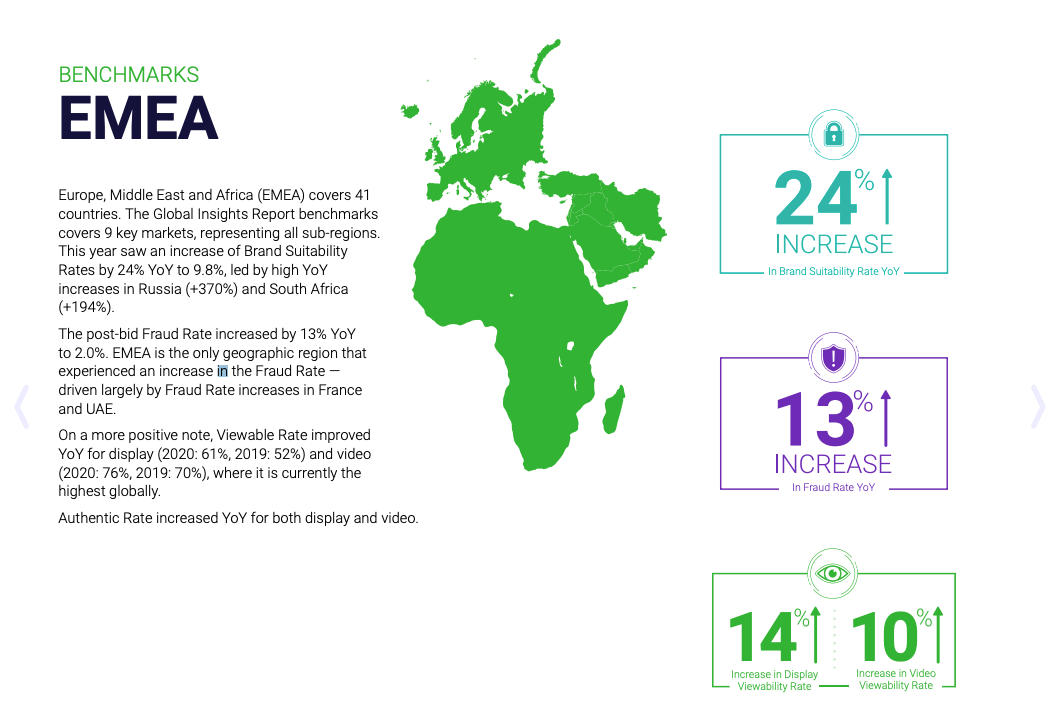
- Viewability: This is a digital advertising metric referring to ad impressions that meet minimum standards of time on screen. The MRC (Media Rating Council) have standardized this now using a baseline for ads to be considered ‘viewable’ i.e., if 50% of the ad creative is visible for one second or more. Where it gets more complicated is when bots and ad blockers enter the equation. Viewability then becomes even more important for brands to understand when their ads are in front of an actual audience, so they can tailor and optimize effectively.
- Bot Fraud: Bots, bots and more bots – and not the Wall-E friendly type either – these are the ‘malicious’ bots that imitate legitimate traffic, inflating overall impression volumes. Bots wreak all sorts of havoc, skewing attribution reports, providing incomplete or inconsistent analytics on campaign performance, thus driving up PPC costs and making it almost impossible to measure the CLV (Customer Lifetime Value). This is why verification is so important – to make sure real humans actually view the ads being served… imagine that! In all seriousness, as fraudsters become more sophisticated so too must technology solutions in dealing with this, building a better way forward for our industry. Right now, you won’t believe where we sit with ad fraud worldwide. According to eMarketer, the figure is estimated to hit $100 billion by 2023. To give you context, if you were to weigh it in $100 bills (because why wouldn’t you?) it would weigh, wait for it, 10,000 kgs! Yeah, it’s a BIG problem right now.
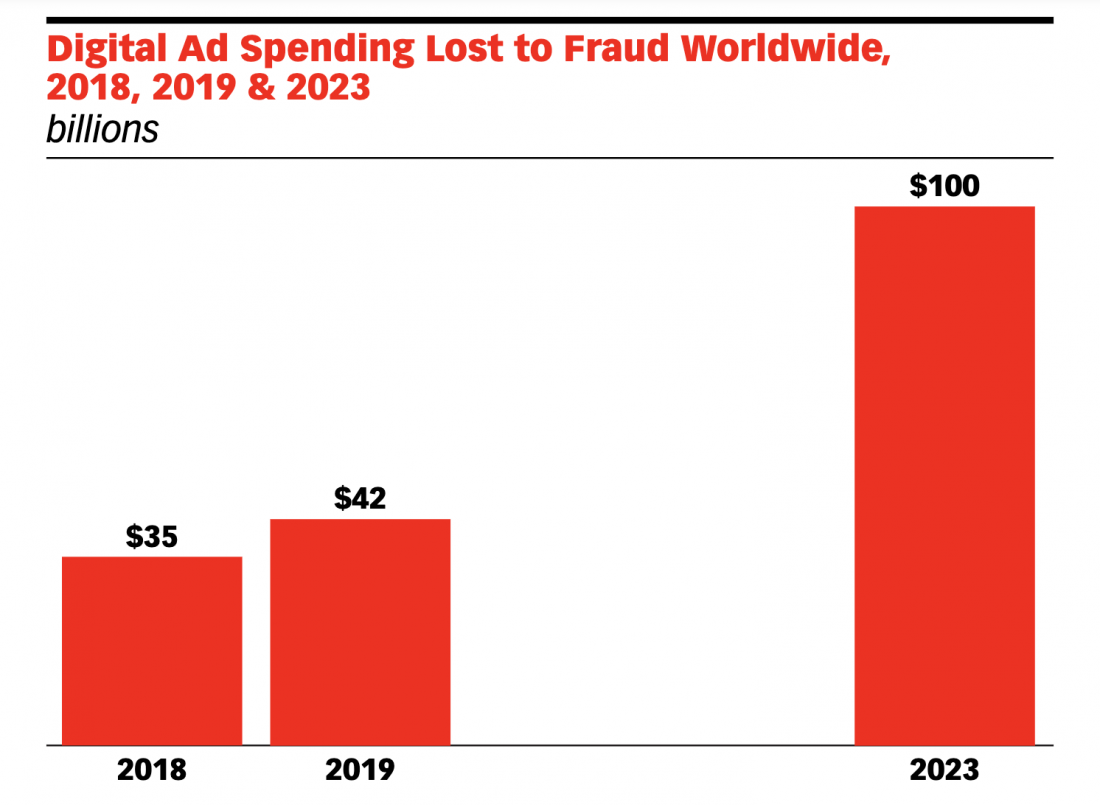
- Geo-targeting: This does exactly what it says on the tin; it refers to the serving (or non-serving) of ads to users in specific geographical locations, as far as these locations can be determined. User IP addresses are among the methods used to assign geographic location to users, however according to DataProt, 31% of internet users worldwide have access to a VPN service, meaning that IPs are not always the most reliable method of determining whereabouts. Unreliable location data increases cyber risks and heightens the risk of exposing brands to fraudulent activity. As with above, verification plays a huge role in helping to mitigate this.
So, How Can Verification Help?
The MENA region has seen a substantial increase in digital media consumption, buoyed by the first lockdown and continuing on its upward trajectory since then. Budgets are being ploughed into this medium, and, in line with the fast-evolving news cycles we’re seeing, the need for independent measurement is also growing. According to figures from Statista, 44.2% of the total ad expenditure in 2020 went to online. The number of active social media users in the UAE is 9.84million, spending an average of 7 hours 24 minutes on the internet every day.
The potential for brands here is huge and as the digital ecosystem continues to evolve, and become more complex, critical elements like brand safety, brand suitability, ad fraud, and viewability will become even more vital. When the guidelines for verification first came into effect (set up by the MRC, IAB, ANA and 4A’s) marketers welcomed standardized benchmarks for them to finally measure their campaigns against. Now, there’s a growing realisation that we need to go beyond this to get real insights into how ad campaigns are impacting the bottom line.
Working with the right accredited partners in the region, such as DoubleVerify to ensure high-quality solutions that protect against fraud, media waste and verifying a baseline of quality for impressions, is the first step. Next comes performance measurement: how can we gauge a campaign’s effectiveness?
Solutions like DV Authentic Attention™ is one option. It provides actionable insights into what truly drives campaign effectiveness for global brands. It builds on DV’s Authentic Ad (describing impressions that are collectively viewable, fraud free, brand safe, and in geo,), leveraging over 50 data points to provide deep impression-level insights that are actionable across marketing goals, all using a privacy-safe methodology. The added benefit here is that these data points are not reliant on third-party cookies or mobile ad IDs, which considering the onslaught of browser crackdown, is certainly no bad thing.
Where Do We Go From Here?
On our side, we need to react quicker than ever, working with marketers to maximize their digital media investments and ensure verification isn’t just an afterthought but the first critical step in the process. To that aim, I think we’re getting there. Slowly. Understanding how each component plays a role in the overall success or failure of a campaign needs to be highlighted more – the knowledge gap is still too wide. Still, as the cookie continues to crumble (pun intended), and brands look for alternative solutions, the market is primed to really understand not just verification, but everything that goes along with it to ensure safe and effective placement in today’s digital world. I mentioned The MRC in passing earlier, but I cannot overstate how having an independent body like this that monitors, regulates, and ultimately makes us accountable, is essential. Our role in effective verification is guided by their standards. It’s a pretty big deal.
So, beyond the obvious areas of focus, what’s on the horizon for the rest of the year? Well, expect to see the continuing resurgence of contextual targeting take centre stage and the notion of ‘quality’ come up more and more as a definitive measure of success. Less is more, and to be honest after 2020, we could probably all use a break from running with scissors, right?

